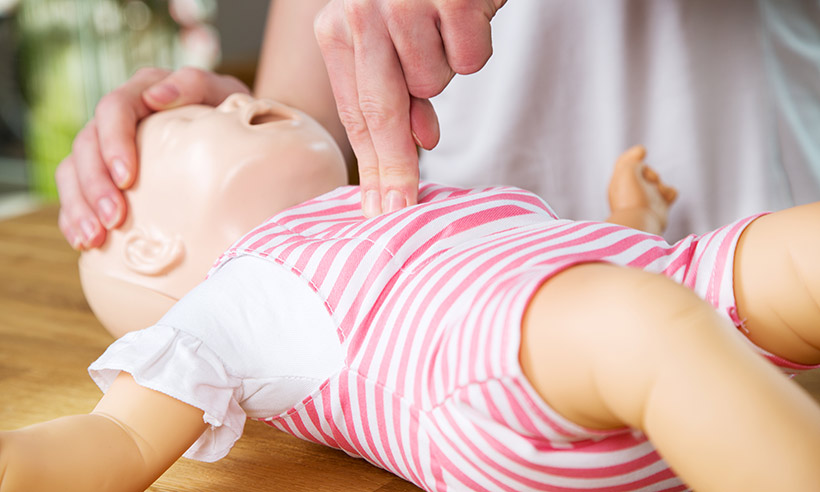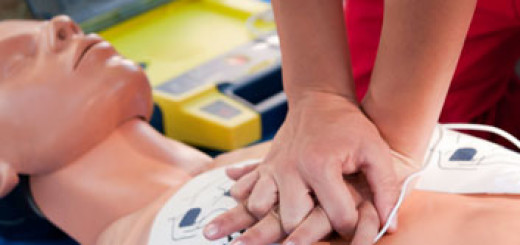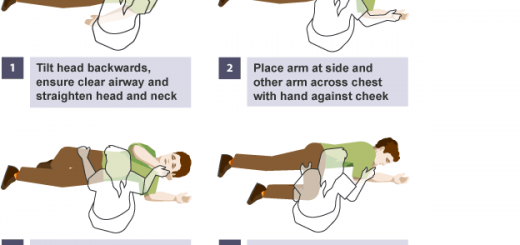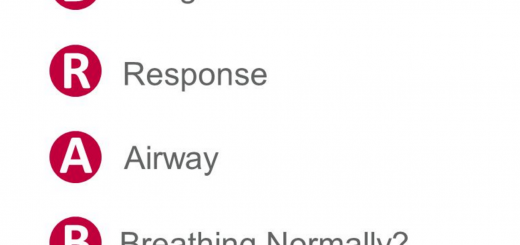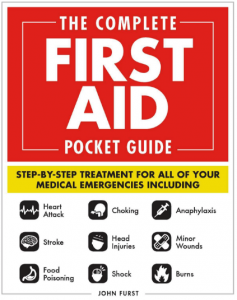How to Give CPR to an Infant
Infant CPR is one technique that you will learn during your CPR training. The sequence for an infant under the age of one is slightly different from that for an adult or older child. The basic rules apply though. You should always call 911 for an ambulance as soon as possible. If there is someone else nearby ask them to call 911 while you attend to the casualty. It is difficult to think about having to give a baby CPR, not least because it is distressing to see a newborn or a baby struggling for life. Being prepared is vital though, so we’d always recommend signing up for an authorized pediatric CPR class.
How do you do Infant CPR?
When giving cardiac pulmonary resuscitation you will need to combine chest compressions with rescue breaths. The first thing you do before starting infant CPR is to check whether the baby is conscious. As they are so little they are unlikely to respond to their name so try tapping the sole of their foot.
If they do not respond, you should get someone to call 911 for an ambulance while you assess whether you need to begin baby CPR.
You need to open his airway and check whether the baby is breathing normally. You do this by putting one hand on the babies forehead and the gently move the head into the neutral position. Don’t tilt the head too far back as this can close off the airway. Use one finger of your other hand to lift his chin being careful not to push on the soft part of his chin as that can block the airway.
You cannot always hear breathing so you need to have a look at his chest or put your cheek near the infant’s mouth to see can you see or feel his breath on your check.
Child CPR Classes are Vital
At the child CPR classes, you will be shown to use your index and middle fingers to do the chest compressions. You cannot apply as much pressure as you would with an adult as you could easily break the baby’s ribs. You place your fingers in the middle of the chest and press down. You should press down about 30 times in total at a rate of 100 per minute. You then give two more rescue breaths. Hopefully, the baby will start breathing on his own but if not continue alternating infant rescue breathing and chest compressions until help arrives.
Infant CPR instructions, while useful, are not a replacement for completing your infant CPR certification. Once you have completed training in infant CPR, anytime you can read or watch a video to refresh your knowledge do so. Studies show that we do not retain information unless we use it on a daily basis and hopefully there wont be that many babies needing chest compressions, rescue breaths or rescuing from choking.

